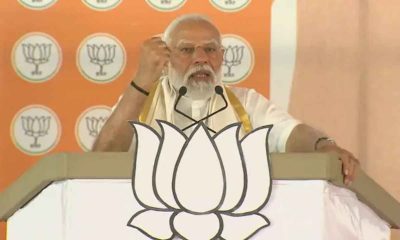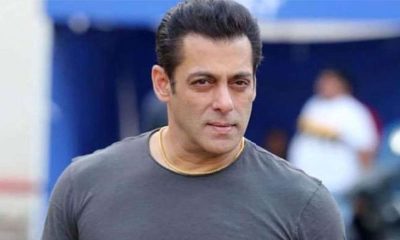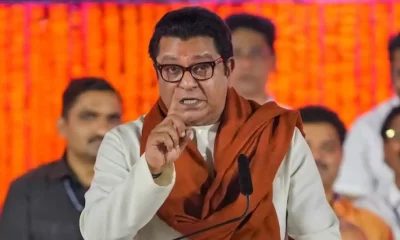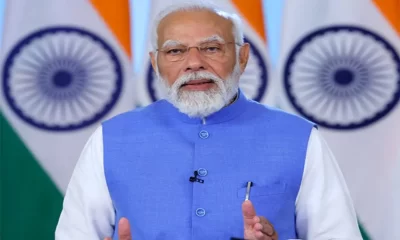India News
India may become the first country to get super high-speed transport system ‘Hyperloop’
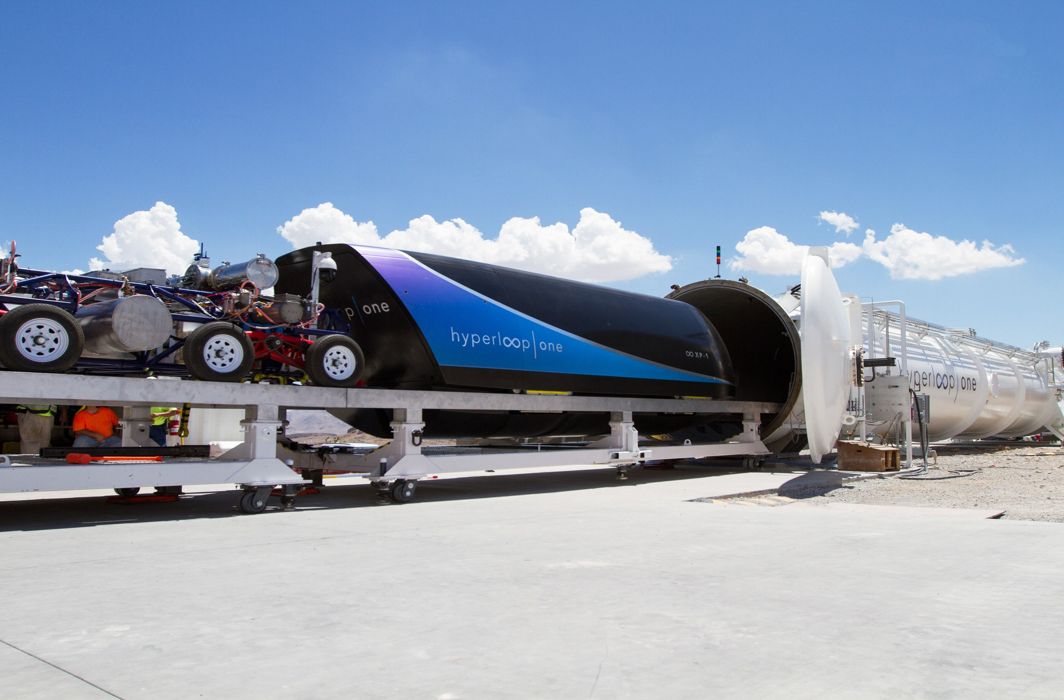
In about a decade from now, Virgin Group founder Richard Branson plans to inaugurate a hyperloop linking Mumbai and Pune, cutting down travel time between the two cities to 25 minutes from the current 55 minutes (by flight, apart from the time taken to get to and from the respective airports) or about 2.5 to 3 hours (by road).
The Framework Agreement to begin the development of the route, starting with an operational demonstration track was signed on Sunday, Feb 18, the first day of the Magnetic Maharashtra Convergence 2018 – a three-day summit inaugurated by Prime Minister Narendra Modi in Mumbai.
Hyperloop would be a transport system in which passengers or cargo would travel in a pod that will accelerate gradually via electric propulsion through a low-pressure tube. According to Sir Richard Branson, Chairman of Virgin Hyperloop One, the company building this system, the pod will then quickly lift above the track using magnetic levitation and glide at faster than airline speeds for long distances due to ultra-low aerodynamic drag, reported Business Today (BT).
The system boasts the capability to travel at speeds up to 1,000 km per hour – just short of the speed of sound (1192 km/hour in dry air).
The technology for Hyperloop One is still in the early stages of commercialisation after the successful completion of the world’s first full scale hyperloop systems test at their DevLoop site outside Las Vegas, US. According to The Economic Times, India could be the first market for Hyperloop One, ahead of the Middle East, Northern Europe and the US, where the company is considering rolling out its service.
“We have always believed that India would be a tremendous market for hyperloop. The Pune-Mumbai route is one of the strongest economic cases we have seen to-date,” said media reports quoting Virgin Hyperloop One CEO Rob Lloyd.
The proposed hyperloop route will link central Pune, Navi Mumbai International Airport and will eventually support 150 million passenger trips annually, saving more than 90 million hours of travel time. The system will also have the potential for the rapid movement of palletised freight and light cargo, creating a robust backbone for on-demand deliveries, supply chains, and next-generation logistics, said the BT report.
All in all, Branson claims that based on the team’s studies, the hyperloop could result in $55 billion (Rs 3.5 lakh crore) in socio-economic benefits over 30 years of operation. That apart, the 100% electric system could reduce greenhouse gas emissions by up to 150,000 tons annually.
The project will begin with a six-month in-depth feasibility study, which will build upon the findings of the pre-feasibility study signed in November 2017 between the Pune Metropolitan Regional Development Authority and Virgin Hyperloop One and define the route alignment including environmental impact, the regulatory framework, cost and funding model recommendations, etc.
Once this is completed, followed by the procurement stage to determine the public-private partnership structure, the construction of the hyperloop route will commence. The demonstration track will be constructed in two to three years and serve as a platform for testing, certifying, and regulating the system for commercial operations. The second phase will target to complete construction of the full Pune-Mumbai route by 2025. Future projects could also extend the route to link central Pune with the New Pune International Airport and Jawaharlal Nehru Port in Mumbai with Pune’s industrial economic zones.
Said Chief Minister Devendra Fadnavis, “The Pune-Mumbai hyperloop route will be an economic catalyst for the region and create tens of thousands of jobs for India’s world-class manufacturing, construction, service, and IT sectors and aligns with Make in India initiatives.”
According to officials, the project will ultimately be executed by a public-private partnership, which will save taxpayer money. Moreover, Branson claims the hyperloop can be set up at much lower cost than a high-speed rail network. “Price point will be at level of any other alternative mode of transportation. We are not pricing this as something only for wealthy, this will be available to the masses,” he told the media, adding “I believe Virgin Hyperloop One could have the same impact upon India in the 21st century as trains did in the 20th century.”
This isn’t the first such project announced in India. In September 2016, US-based research company Hyperloop Transportation Technology announced plans to connect Vijayawada and Amaravati in the southeastern coastal state of Andhra Pradesh, said a Quartz India report.
The company hopes to eventually set up a network, creating “the largest connected urban area in the world by linking nearly 75 million people across the three metropolitan areas” of the states of Maharashtra, Karnataka and Andhra Pradesh”. The Memorandums of Understanding signed with the latter states governments last year to conduct feasibility studies were a step in this direction. If things fall in place, travel between Mumbai, Bengaluru, Chennai, Visakhapatnam, and Amaravati could take place in under two hours in the next decade.
It’s being claimed that the cost of building a hyperloop is much less than building a high-speed railway line for the same distance. Musk originally estimated that a route from Los Angeles to San Francisco would cost about $6 billion, or approx $11.5 million per mile. But leaked documents from Hyperloop One (seen by Forbes) put that cost to $13 billion, or $121 million per mile, said an Indian Express report. Besides that, it still faces technological, regulatory hurdles, and several issues related to ownership of land that could slow down the prospects of setting up a Hyperloop transportation system.
2024 Lok Sabha Elections
Lok Sabha election 2024: Nearly 50% voter turnout recorded in second phase till 3 pm
The constituencies going to polls today include all 20 Lok Sabha seats in Kerala, 14 in Karnataka, 13 in Rajasthan, and others spread across different states.
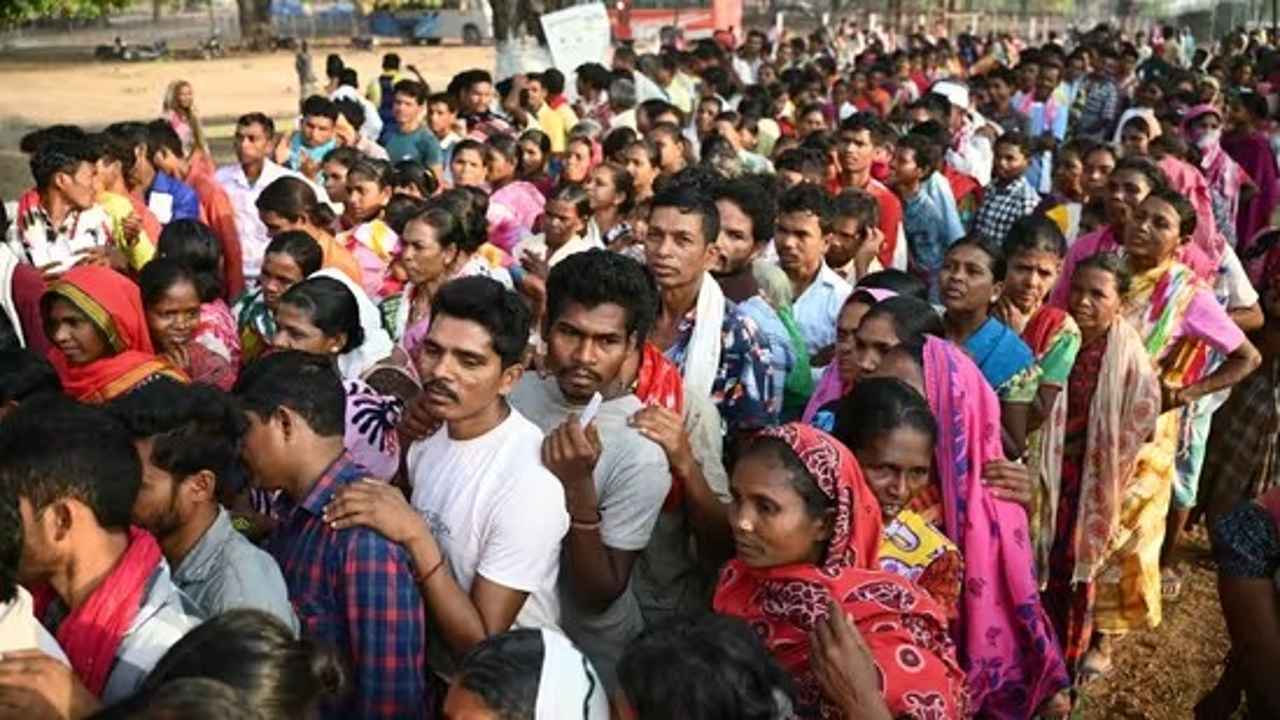
In the second phase of Lok Sabha elections 2024, over 50% of voters were registered in 13 states and the UTs till 3 p.m. 65% of voters participated in the first round of the Lok Sabha elections.
The 18th Lok Sabha elections are currently in their second phase, with voting for 88 seats taking place across 13 states and union territories. There are more than 1,200 people running for office, four of them are from outside Manipur.
Union minister Rajeev Chandrasekhar, BJP members Tejasvi Surya, Hema Malini, and Arun Govil, Rahul Gandhi and Congress leader Shashi Tharoor, DK Suresh, the brother of Karnataka Deputy Chief Minister DK Shivakumar, and former chief minister HD Kumaraswamy are among the notable contenders for the second phase.
In 2019, the NDA had won 56 of the 89 seats and the UPA 24. Six of these seats have been redrawn as part of the delimitation exercise.
The first phase of the seven stages of the elections took place on Friday, including 102 seats spread across 21 states and Union territories. Voter turnout was about 65.5% in the first phase, according to the reports.
In biggest festival of democracy, people from all walks of sector took part in it. A video went viral where former India captain and current Indian team head coach Rahul Dravid and former India player and head coach Anil Kumble were seen standing in line to cast their vote.
Meanwhile, voting started at 7 a.m. and will end at 6 p.m. The Election Commission has extended voting hours for those who are in line by an hour. According to Election Commission figures, the first two hours saw a 9.3% voter turnout throughout the 88 constituencies. By 9 am, Kerala had recorded 8.52%, Karnataka 9.21%, and Madhya Pradesh 13.82%.
In this phase, there were about 15.88 crore eligible voters, comprising 5.929 third-gender electors, 8.08 crore males, and 7.8 crore women. 3.28 crore young voters, aged 20 to 29, are among them; 34.8 lakh of them are first-time voters.
2024 Lok Sabha Elections
Lok Sabha elections 2024: 102-year-old man walks to polling booth to cast his vote in Jammu
The lowest voter turnout so far was noted in Ramgarh at 1.53%.
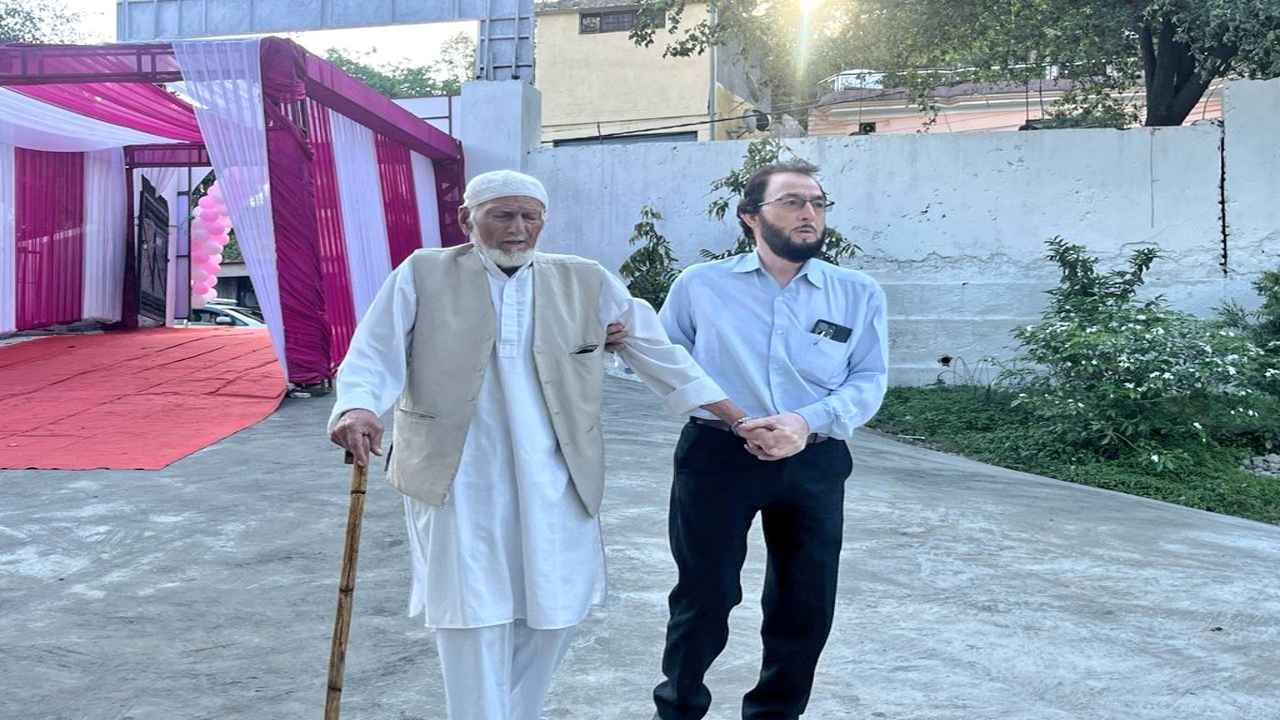
A 102-year-old man showed up at a Jammu polling place to cast his vote in the second phase of the Lok Sabha elections on Friday. Haji Karam Din arrived at the Reasi district polling place in the Jammu constituency with a walking stick in hand and a family member who assisted him with the pre-voting process.
Haji Karam Din, who is 102-year-old, showed his inked finger and posed for pictures outside the polling booth after casting his vote. He said voting at this polling place at this age makes him very happy. He has always cast his vote. Even at the age of 102, this experience is still ongoing, he said.
Reasi district is a part of the Jammu parliamentary constituency, and 22 candidates are up for vote with around 17.81 lakh eligible voters.
BJP’s sitting member Jugal Kishore Sharma is aiming for a third term in office following wins in the elections of 2014 and 2019. Former minister and Congress candidate Raman Bhalla is his main opponent.
Voting in the Jammu-Reasi Lok Sabha constituency began with eager voters showing up at the polling places. Some of them were wearing traditional Dogra attire.
In 2,416 polling places around the constituency, voting got underway at 7 a.m., and 10.39% of the total votes were cast by 9 a.m. In the 2019 Lok Sabha elections, Jammu recorded a 74% voter turnout.
Following the repeal of Article 370 and the division of the former state into two Union Territories five years ago, this is Jammu’s first significant election.
The Akhnoor segment received the highest percentage of votes, 14.24%, followed by Reasi (14.13%), Gulabgarh (13.53%), Shri Mata Vaishnodevi (12.71%), Marh (12.31%), Samba (8.56%), R S Pura Jammu South (8.17%), and Suchetgarh (5.67%), according to the officials. Ramgarh recorded the lowest voter participation of 1.53% so far.
Low attendance was observed in the border areas of the districts of Jammu and Samba till nine in the morning, according to poll data.
The officials said that big lines of voters were observed at several polling places throughout Jammu city. Voters were observed heading towards polling places early in the morning.
India News
Salman Khan house firing case: NIA interrogates arrested shooters Sagar Pal, Vicky Gupta for three hours
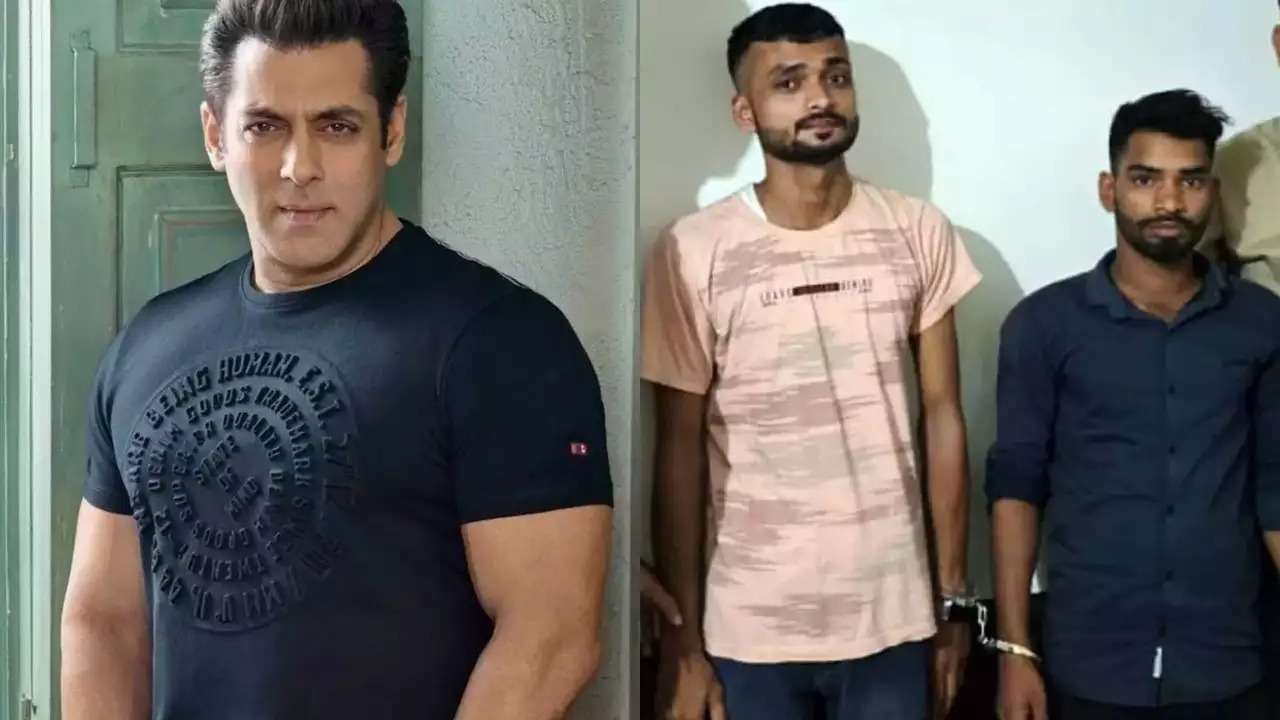
The investigation into the shocking firing incident that took place outside Salman Khan’s house on April 14 keeps bringing new updates with every passing day. In this case, Sagar Pal and Vicky Gupta, the two suspected shooters, have already been taken into custody.
The two shooters have reportedly been questioned by the National Investigation Agency (NIA), according to a new development. Every day that goes by, more information is revealed about the inquiry into the shocking firing incident that happened outside Salman Khan’s house on April 14. Sagar Pal and Vicky Gupta, the two accused shooters, are being held in custody after their first arrests.
It was recently discovered that the two shooters were questioned by the National Investigation Agency (NIA).
NIA has reportedly begun questioning Sagar Pal and Vicky Gupta, who were detained a few days ago for firing openly outside Salman Khan’s Galaxy Apartments in Mumbai, according to a recent update posted on their X (Twitter) account. NIA has interrogated shooters Vicky Gupta and Sagar Pal, arrested in the firing case, the tweet said.
According to the reports, two Punjabi residents were taken into custody by the Mumbai Crime Branch yesterday on suspicion of being involved in the recent shooting incident outside the house of Bollywood actor Salman Khan.
The two men, Sonu Subhash Chander and Anuj Thapan, provided guns to Sagar Pal and Vicky Gupta, the shooters, according to information released by the Mumbai Crime Branch. It was also reported that they had communication with the Bishnoi gang. For those who don’t know, hours after the incident, Anmol Bishnoi, the brother of gangster Lawrence Bishnoi, allegedly took credit for the firing in a Facebook post.
The shooters’ custody has been extended by Mumbai’s Esplanade Court until April 29.
Meanwhile, on the workfront Salman Khan was last seen in Tiger 3 alongside Katrina Kaif.
-

 Trending23 hours ago
Trending23 hours agoSocial media user shares video of Air India ground staff throwing expensive musical instruments, video goes viral
-
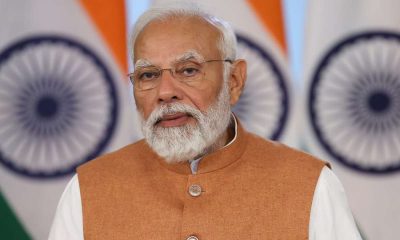
 2024 Lok Sabha Elections8 hours ago
2024 Lok Sabha Elections8 hours agoPM Modi calls for high voter turnout in second phase of Lok Sabha elections 2024, says your vote is your voice
-
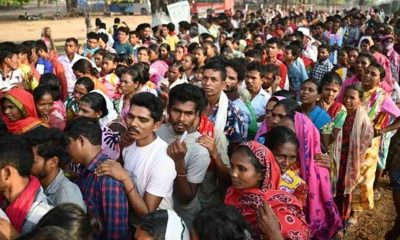
 2024 Lok Sabha Elections2 hours ago
2024 Lok Sabha Elections2 hours agoLok Sabha election 2024: Nearly 50% voter turnout recorded in second phase till 3 pm
-
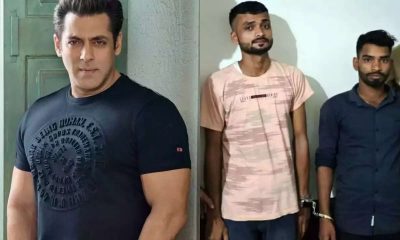
 India News7 hours ago
India News7 hours agoSalman Khan house firing case: NIA interrogates arrested shooters Sagar Pal, Vicky Gupta for three hours
-
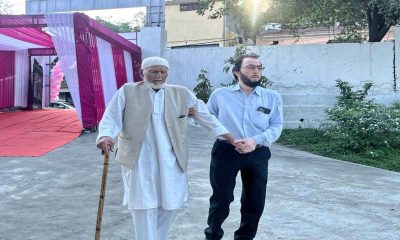
 2024 Lok Sabha Elections6 hours ago
2024 Lok Sabha Elections6 hours agoLok Sabha elections 2024: 102-year-old man walks to polling booth to cast his vote in Jammu
-
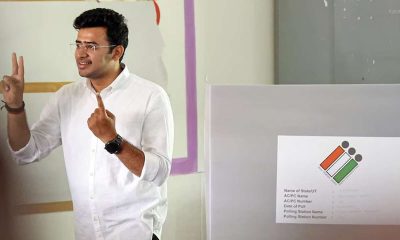
 2024 Lok Sabha Elections52 mins ago
2024 Lok Sabha Elections52 mins agoElection Commission books BJP MP Tejasvi Surya for seeking votes in the name of religion



